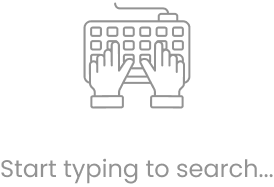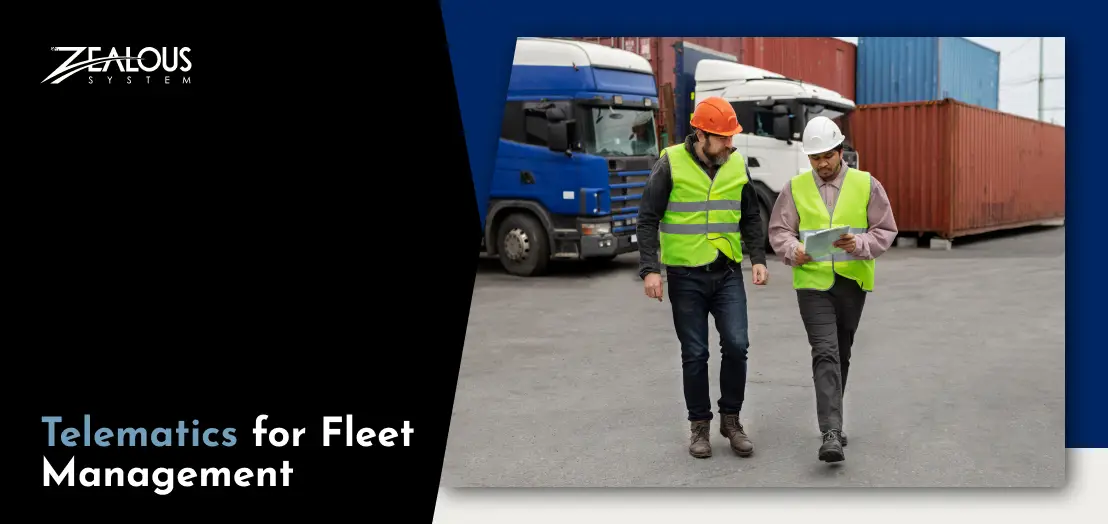


Managing a fleet means staying in touch with drivers all the time, which can be tiring, especially if you have a lot of vehicles. So, how can fleet managers keep track of their trucks, drivers, and cargo without always checking their phones? The answer is Fleet Telematics.
Fleet telematics is a simple technology that helps make your fleet run more smoothly and keeps drivers, vehicles, and equipment safe by giving you real-time data and insights. That’s why it’s the top choice for fleets all over the world.
Telematics is changing the way fleet management works. By using data from vehicles, fleet managers can improve how things run, make things safer, and save money. But what exactly is telematics, and how does it help manage fleets?
If you’re curious about how this works, keep reading. We’ll explain everything you need to know about telematics in fleet management and how Fleet Telematics can help.
Telematics systems combine two areas of science: telecommunications and informatics. Telecommunications is about remote communication, like how phones work, while informatics deals with processing information.
These systems use technologies like GPS, sensors, and onboard computers to collect data. This includes information such as engine performance, vehicle location, driver behavior, and what the vehicle is doing.
Telematics systems come in different types, based on how they are installed, the technology they use, and how they interact with the vehicle and collect data. These include:
Fleet management often uses black-box telematics systems, which we’ll explain in more detail later. First, let’s explore how telematics systems work when integrated with fleet management software.

Telematics integrated into the Fleet Management Software relies on a combination of hardware devices installed in vehicles and software applications for data analysis and reporting. Here’s how it works and the types of data it collects.
Fleet telematics systems are made up of devices installed in each vehicle of a fleet. These devices typically include GPS receivers, sensors, and small computers.
The GPS receiver tracks the vehicle’s location, while the sensors collect data on things like speed, engine performance, fuel consumption, and driving behavior.
Once the hardware is installed in vehicles, it begins collecting data from various parts such as the engine, transmission, brakes, and onboard computer systems.
Here’s the type of data it gathers:
After collecting data, it’s temporarily stored in the vehicle’s telematics unit, also called the black box. This unit keeps the data locally, like a storage box, ensuring it’s safe even if there’s a delay in sending it elsewhere.
The telematics unit has enough memory to store the data for a while, which is helpful for reviewing it later. This is especially useful when the vehicle is in an area with poor phone or internet connection.
After the vehicle’s telematics unit stores the data, it sends it to central servers using cellular networks. This method allows for quick transmission, almost in real-time. Cellular networks are widely available and generally reliable, enabling fleet managers to receive updates and monitor vehicles from any location.
The data transmission is designed to be secure, ensuring that sensitive information remains protected as it moves from the vehicle to the servers.
Once the data is sent to the servers, the next step is to use fleet management software. This software organizes and analyzes the data, turning basic information into valuable insights.
Fleet managers can use these insights to make smart decisions about vehicle repairs, finding better routes, improving driver performance, and making the entire fleet run more efficiently.
Telematics systems can send alerts and messages when certain events occur or when specific limits are exceeded. For instance, fleet managers might receive notifications if drivers speed, brake harshly, use vehicles without authorization, require maintenance, or enter restricted areas.
These alerts enable managers to address issues promptly, ensuring operations are safe, efficient, and compliant with regulations.
Telematics in fleet management includes a combination of hardware and software components that work together to gather, transmit, and analyze data from vehicles. Here are the key components associated with telematics in fleet management:
The hardware components of fleet telematics include:
Software components fleet telematics consist of:
Fleet Management Software
This is a computer program that collects and looks at data from telematics devices. It tracks where vehicles are right now, finds the best routes for them, sees how well they’re doing, decides when they need maintenance, and makes reports about all of this.
GPS Mapping And Navigation
These are parts of the software that use GPS information from vehicles to make maps, plan routes, and guide drivers where to go. They try to use less fuel, take less time, and make deliveries faster.
Data Analytics And Reporting Tools
These tools study telematics data to help managers make good choices. They find patterns, predict when vehicles need work, see how well drivers do their job, and make the whole fleet work better.
Mobile Applications
Many fleet management systems have apps for phones or tablets. These let managers watch what vehicles do, get alerts, and talk to drivers from anywhere
Integration and Connectivity
Telematics systems need to connect smoothly with other fleet management tools like dispatch systems, customer relationship management (CRM) tools, and enterprise resource planning (ERP) systems. They also use strong security measures to keep data safe from cyber threats by encrypting transmissions.
By using these hardware and software components effectively, fleet managers can improve fleet operations, enhance vehicle performance and safety, reduce operating costs, and improve overall efficiency in managing their fleets.
Why go through all this fuss? Let us find out why integrating Telematics in Fleet Management is the need of the hour.

Integrating telematics with a fleet management system offers numerous benefits that can significantly improve operational efficiency and overall performance. Here are five key advantages:
Fleet telematics provides a major advantage by allowing quick identification of vehicle problems. For example, if the system detects a potential issue with a car or truck’s engine or transmission, it notifies managers so they can fix it before it causes a breakdown.
Telematics also monitors fuel usage and driver behavior. It can identify habits that waste fuel, such as leaving the engine running too long, speeding, or driving aggressively. Managers use this information to coach drivers on better habits and plan more efficient routes, helping to save on fuel costs.
Fleet telematics also helps make vehicle management easier by automatically tracking things like vehicle usage, distance traveled, and maintenance needs. This reduces paperwork and the time spent on manual record-keeping, saving both time and resources.
Fleet managers can quickly access detailed reports on vehicle performance, driver behavior, and fuel consumption, making management faster and more efficient.
Telematics benefits fleet managers as they and the drivers can talk to each other easily. They can send messages back and forth and get alerts right away. For example, if a driver sees unexpected traffic or a closed road, they can tell the fleet manager using the telematics system. This lets managers change routes and schedules quickly.
Better communication also lets managers give drivers feedback right away on how they’re doing. This encourages safer driving and makes everything work better.
Telematics helps fleet managers and owners monitor driver behavior, such as speeding, hard braking, or sharp turns. With this data, managers can provide feedback and advice to encourage safer driving habits, reducing the risk of accidents.
In case of an accident or emergency, telematics can instantly send alerts with the vehicle’s exact location to dispatchers. This allows responders to reach the scene more quickly, potentially saving lives.
Telematics helps manage resources more effectively by tracking vehicle locations and their availability for immediate use.
By analyzing past data on vehicle usage, managers can find ways to reduce the number of vehicles needed, minimize idle time, and improve overall fleet efficiency.
Read also: How Fleet Management Software Benefits The Construction Industry?
Telematics has changed fleet management by giving instant details on how vehicles perform and how drivers behave. Using GPS and onboard diagnostics, companies can plan better routes, save fuel, and fix issues before they become big problems. This saves money and makes operations run smoother overall.
As fleet management keeps improving, new telematics technologies are a good investment. It can bring short-term ROI and long-term competitive advantage in the rapidly evolving mobility market.
Wish to expand your fleet’s performance? Zealous System is glad to help you out. Check out our Logistics software development services. We also specialize in developing custom fleet management software. Partner with us to level up your game. Let’s drive your fleet towards a smarter future together!
Our team is always eager to know what you are looking for. Drop them a Hi!
Comments